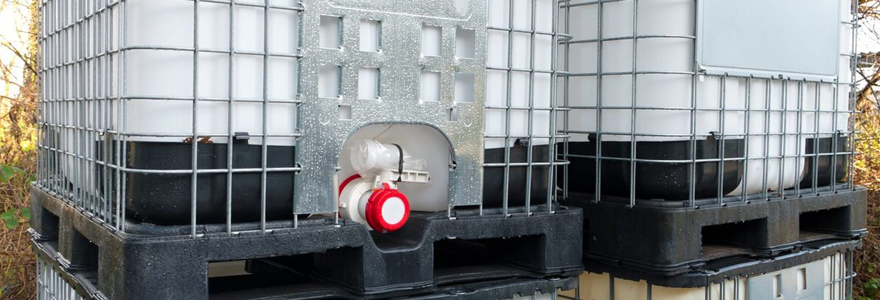Intermediate Bulky Containers (IBCs) are among the most popular options for storage and transportation of bulk powders and liquids in today’s shipping industry. Different industries rely on IBCs to hold and ship valuable substances, including grains, chemicals, pharmaceuticals, liquids, and other agricultural products. Unfortunately, user companies and customers cannot verify the stock levels and location of IBCs, leading to long supply chain downtimes and poor onsite inventory management. However, users can automate the tracking of an
IBC container by adopting digitised monitoring solutions, saving them a lot of time and money. This article outlines details of some of the trending IBC monitoring solutions in the market. Go to
www.nanolike.com for more information on end-to-end smart solutions to your industrial shipping assets.
Radar Level Sensors
One of the most accurate means of monitoring the levels of liquids in your IBC container is through radar level sensors. The sensors measure the surface of the liquid, then transmit this information to your digital gadgets, such as a computer or smartphone. Information on the level of liquid in the IBC is relayed in the form of a fill percentage.
Typically, the user is alerted on low liquid levels through programmable notifications to ensure that you replace or refill the liquid promptly. The working principle of radar level sensors is that they can measure through materials that are non-conductive, such as those used to manufacture most IBCs. This means that they are non-corrosive and unintrusive. The advantage of adopting radar level sensors is that they are 100% remote, making it easy to receive the relayed data from any location.
The Remote Telemetry System
The remote telemetry system, just like radar sensors, is another excellent option for
monitoring solution for IBC container. The good thing with the remote telemetry system is that it offers benefits to the users beyond the monitoring of liquid levels and internal temperatures. The system is built with a GPS tracking component that allows users to track the location of IBC containers remotely. Data on the location of the IBCs are scanned and relayed to the user through a secured web portal.
IoT Radar Sensors
The Internet of Things (IoT) technology has gained momentum across industries globally, and the shipping sector is not left behind. The IoT radar sensors have transformed how the monitoring of IBCs is undertaken. Unlike radar level sensors, the IoT radar transmitters are installed externally. The sensors then track the movement and location of the IBCs from the outside of the containers. You can access real-time data about the various IBCs as long the containers are moving along places with the internet.
IoT radar sensors use cloud-computing technology to collect the necessary data concerning the IBC. This means that users can access the data using their smartphones, tablets, or computers. If you wish to get more accurate measurements on IBC liquid levels or location, you can install the sensors in the containers. The sensors can operate behind plastic housings, walls, and non-metallic surfaces, making them an ideal monitoring solution for IBC container.
Geofencing Technology
The geofencing technology is another automated monitoring solution that has taken the shipping industry to another new level. This technology provides manufacturers and IBC users with what is referred to as virtual boundaries for their IBC tanks. When your IBCs enter or leave the area designated by the virtual boundaries, programmed notifications are relayed to the user. This makes it easy for user companies and manufacturers to not only keep track of their IBCs but also to locate unused or lost IBC tanks. Geofencing technology incorporates cellular data, WIFI, and GPS tracking technologies to enhance the accuracy of data.
Temperature Sensors
Establishing the temperature of the substances held in an IBC is critical for the calculation of the weight of these substances. It is also fundamental to know that the materials used to build IBCs have maximum temperature limits, which is why having temperature sensors is essential. Temperature sensors are fitted within the IBC tanks to detect temperature changes in the shipped substance. In case of a sudden drops or rise in the temperature, this information is relayed to the user in form of digital alerts.
